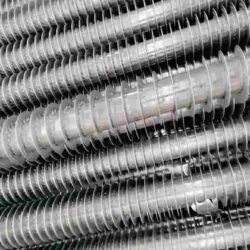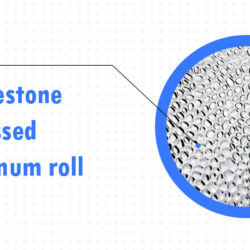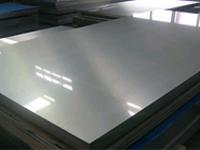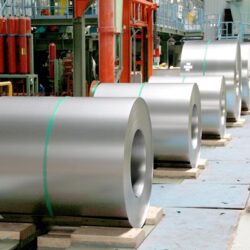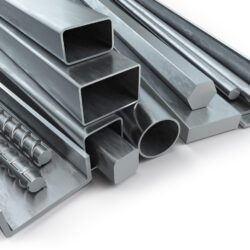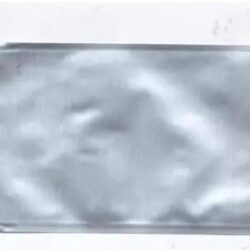To many people tin paper, actually aluminum foil, is an excellent material for wrapping chicken wings, vegetables and beet steaks in baking ovens. It keeps original taste of a food and protects its surface from being over burned at the same time. Therefore, aluminium household foil catches on across the world. The foil is so popular that the question Which Side of Aluminium Household Foil Should Touch Food has actually become hot at the largest search engine in China. However, experts believe that it’s still risky to apply aluminium foil in food baking. Although quality alu foil contains no toxic metals like lead, it tends to give off other heavy metals in cooking acid food, and these metals are likely to do harm to people’s health if taken in continuously. Experts then conclude that they do not recommend aluminum foil in cooking.
Americans have been using aluminum foil for over 100 years, since it was first used to wrap Life Savers, candy bars, and gum. For many years up to today, we’ve mostly used it in our kitchens, to bake fish or roast vegetables on the barbecue, to line baking pans, and to trap steam when cooking.
And experts have expressed concern about just how much of it we’re using, with studies even warning that it could have some seriously harmful health effects. Do those warnings have any merit? For more facts about aluminum foil, here’s why it has a shiny and a dull side.
Potential dangers of aluminum foil
According to research, some of the foil used in cooking, baking, and grilling leaches into your food, which can pose health problems over time. Scientists have been looking at the potential threat that overexposure to aluminum may have on human health for years. For example, researchers have found high concentrations of aluminum in the brain tissue of patients with Alzheimer’s disease. Studies have also found that high aluminum intake may be linked to a reduction in the growth rate of human cells, and may be potentially harmful for patients with bone diseases or renal impairment.
It depends on the food and the temperature
Research has generally found that a couple of factors make aluminum more likely to leach into your food. One of these is the temperature: The higher the temperature you’re cooking at, the more conducive the environment is for aluminum to enter your food, an Electrochem. Sci. study found.
The acidity of the food is another major factor. According to Amber Adams, founder of Kitchens Ready, “If you’re cooking acidic foods like tomatoes or vinegar-based marinades, this can break down the foil and leach even more aluminum into your food.” Check out these 45 uses for aluminum foil you never knew about.
So, should you be concerned?
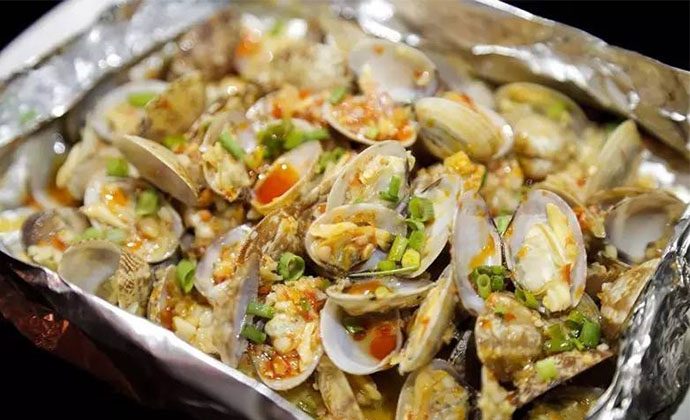
If you visit restaurants and supermarkets, however, the popularity of aluminium household foil is beyond experts’ expectation. In a noisy restaurant, we witnessed people baking chicken wings, corn on the cob, oysters and vegetables wrapped in the foil. Many baking boards for sizzling squids are also covered with alu foil. Some squids are wrapped by the foil during the whole baking process and the foil will be torn off by customers. At supermarkets aluminum foil rolls are kept at the same shelf with plastic wraps. Rolls of some brands are printed with words “aluminum paper” and others “tin paper”. The latter is slightly more expensive, and the former has stronger hardness. Supermarket workers say that more and more people are asking them for location of aluminum paper and tin paper.
Doctors advise not to use aluminium household foil unless you have to. Acid food and seasonings are not suitable to be wrapped by the foil. Long-term baking on a strong fire is not recommendable, either. You can keep a layer of vegetable leaves between the foil and the food to avoid direct contacting of the two.
